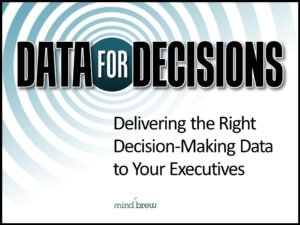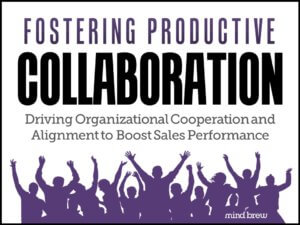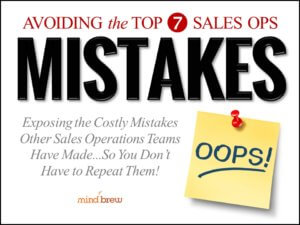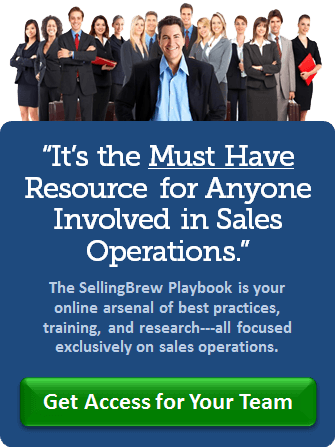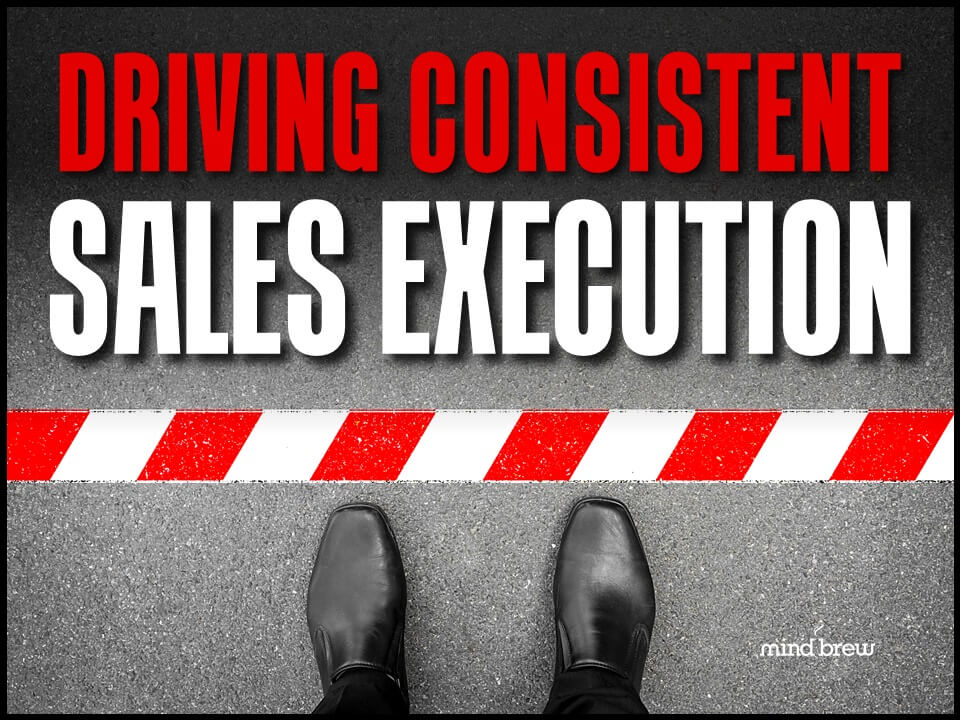For many businesses, misalignments between various decision-makers and functional groups are so commonplace that they seem to be the rule rather than the exception. As such, a lot of Sales Ops teams have not only come to expect these misalignments, they’ve gotten so accustomed to just dealing with the conflicts in the moment that they rarely step back and think critically about why the misalignments are occurring in the first place.
Now, it’s really easy…and maybe even a bit satisfying…to just chalk up these misalignments to incompetence, selfishness, or even malice on the part of certain decision-makers and groups. And to be honest, there are indeed situations where any of these things could be legitimate contributing factors.
But one of the primary sources of misalignment is much more nuanced…
You see, left to their own devices, individual decision-makers will often have very different perceptions as to what’s been going on in the business, what’s happening in the broader marketplace, which problems and issues are most important, and so on. While the objective reality is the same for everyone, of course; the subjective perceptions and interpretations of that reality can differ dramatically.
And when everyone is operating in a somewhat unique “perceived reality” bubble, they can’t help but draw different conclusions about what needs to happen next.
So…even the most competent decision-makers, with all of the best intentions, can end-up heading in different directions when they don’t share the same perceptions and interpretations of the situation at hand.
Great strategic planners understand this dynamic very well. In fact, if you’ve ever been through a robust strategic planning process, you’ll note that the majority of the time and energy is devoted to just getting everyone on the same page with respect to the realities of the situation. Once everyone is sharing the same perceptions and interpretations of the situational environment, it then becomes much easier to achieve agreement and alignment around the best paths forward.
Sales Ops can help facilitate and enable a more productive shared reality between various decision-makers and groups by:
- Leveraging hard data to get beyond the feels. Unfortunately, too many perceptions are developed through emotional reactions and gut feelings. So don’t wait for decision-makers to ask. On a regular basis, strive to provide a “by the numbers” perspective on what’s actually been happening in the business and broader marketplace.
- Conducting analysis to avoid misinterpretation. When presented with raw data, it’s easy for decision-makers to misinterpret the data or only focus on data that confirms their intuitions. Through robust trend and outlier analysis, Sales Ops can “pre-process” the raw data to avoid misinterpretation and help decision-makers better understand what’s good, bad, normal, abnormal, etc.
- Quantifying and modeling to aid prioritization. Another common point of confusion and misinterpretation is around the prioritization of problems, opportunities, and potential solutions. By providing short- and long-term quantifications and projections, Sales Ops can help decision-makers put time, energy, and resources to the highest and best uses possible.
- Offering suggestions to get the ball rolling. Even when everyone agrees on the priority problems, identifying effective solutions can still be challenging. By offering thoughtful suggestions and recommendations, Sales Ops can get the conversation started, broaden the set of options being considered, and help decision-makers address the true root-causes.
Of course, the prerequisite to all of this is recognizing the underlying dynamic in the first place. After all, you can’t address the problem most effectively if you’re just dealing with the misalignments and the resulting conflicts as they occur. On the other hand, when you understand that these misalignments could very well be a symptom of a deeper disconnect on the realities of the situation, you can definitely take steps to correct that problem, once and for all.
PS: This tendency to construct a unique reality from the same set of facts is a universal dynamic among humans. So, when you see friends or family members doing things that just don’t make sense to you, recognize that they could just be drawing different conclusions because they have a different interpretation of the same situation. Or, they could be insane. It’s really not my place to say. 🙂

